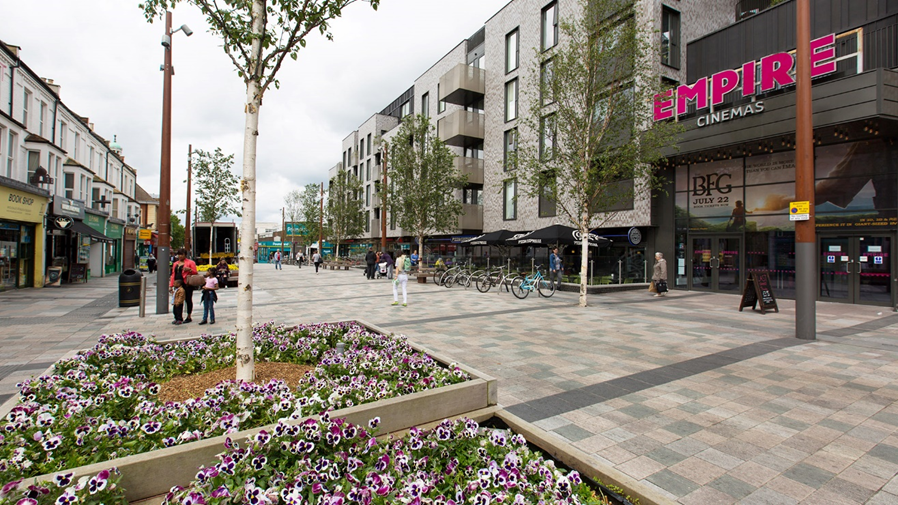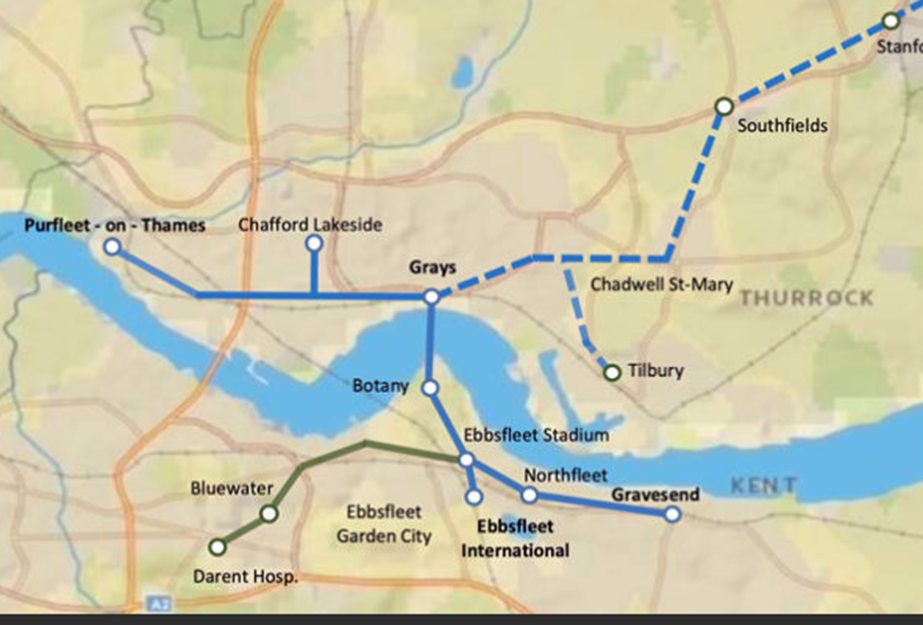As our City of Tomorrow campaign concludes, we are taking a look at London as a megacity in the future. Using research available, we have asked experts from across our business to reflect on London as the population hits 10 million, the demographic shift accompanying this, and the practical steps that need to be taken now to deliver sustainable growth.
In our next article, Partner Samuel Blake reflects on how population growth will impact transport and infrastructure across the capital in the coming years, and how the industry can successfully adapt.
Multimodal shift
When it comes to transport and infrastructure, meeting the needs of an emerging ten million-strong megacity like London needs a multilevel approach across a wide range of new and existing initiatives.
We continue to see the challenges facing large-scale transport projects. Crossrail 2 may still be alive but suffers the on-off vagaries of any other large, multibillion-pound project in the UK, HS2’s extent is under discussion again, and in London, the Bakerloo Line extension has been kicked into the long grass until funding can be secured.
And while it may be true that peak time transport in the capital isn’t yet back to pre-Covid-19 levels, with more people working more flexibly, spending time at home and travelling off-peak, our systems are still near capacity. Leisure and tourist travel is up compared to 2019, and this is increasing the pressure on the networks.
With one million more people expected to be living in the capital in the next twenty years, change is needed. From our perspective, there are key areas that require action and support in every political arena.
More walkability
A big part of the ideal situation is more people walking throughout the capital – a healthy, low-impact means of transport not dependent on timetables and without any daily costs. Conditions need to be better, though. Streets should be safer, pavements widened and, where suitable, fully pedestrianised – from Oxford Street to local high streets. Low Traffic Neighbourhoods and pedestrianised streets have come under scrutiny since their acceleration during the pandemic, but they have created some now cherished gems, for example, Walthamstow High Street.

Local travel
From there, cycling, bus travel, and e-scooters should be a priority. Cycling has been much-discussed already, while buses become even more attractive the closer they come to zero carbon – despite consultation on closures, bus routes need to stay and remain frequent enough for people to rely on them as a primary mode of transport. And while e-scooters might be a nuisance at times, with legalisation and regulation, greater use could free up capacity in the rest of the system with little impact on the public purse.
Using the river more
The Thames offers many untapped opportunities for travel across the capital – not just shorter journeys in the centre but also for freight and linking the major new housing developments in the east. Barking Riverside is one example, but more must follow suit. The Thames is less used now than at any time in the 19th and 20th centuries, and the Port of London Authority wants to see more use for freight, which emits half the carbon of equivalent road deliveries tonne for tonne.

New tram routes
The KenEx tram proposals, linking Grays in Essex to Gravesend in Kent, is an example of how new routes and modes can relieve pressure on longstanding pinch points in the system holding our economy back, in this case, taking passengers away from car use on the Dartford Tunnel and QEII Bridge as well as the Blackwall Tunnel as London expands ever eastwards. Whilst still substantial, this proposal is estimated at less than 2% of the estimated cost of Crossrail 2.

Last mile capacity
All these extra people will only create additional demand for freight and last-mile deliveries across the capital. We already see quite acute pressure on land and land prices in London, and this is only going to intensify; despite recessionary pressures, customer demand remains strong. Creative use of space within new mixed-use schemes to accommodate this in an acceptable way to developers and funders needs to become more established.
These suggestions have budgetary implications, of course, and new routes for funding are still needed; the age-old question of how to link the cost and the uplift generated by connectivity improvements remains imperfectly solved.
But given these funding constraints and long lead in times, we will not succeed with a small number of expensive, bold initiatives (although it would be great if they happen). Instead, we need more subtle shifts across every part of the capital. More services, more connections, more ways of reaching the same destination and more accessibility is the way to increase capacity where it’s needed most. This incremental change needs to accelerate now if we’re going to be ready to hit the ten million mark.


/Passle/5c9a06f6989b6e10ec2d3265/MediaLibrary/Images/2024-04-22-09-38-44-949-662630240532c9880e862159.png)